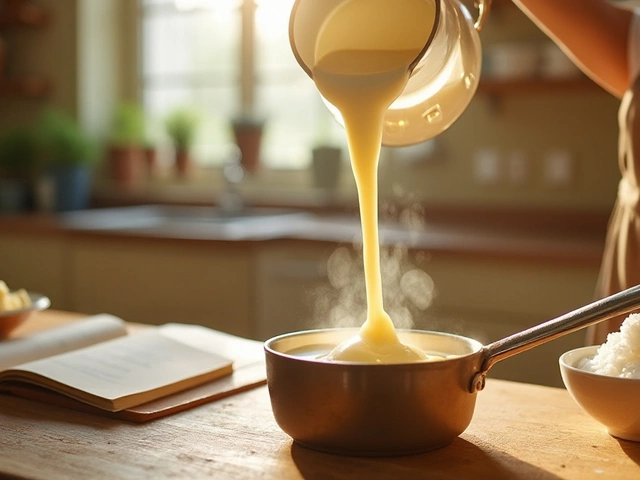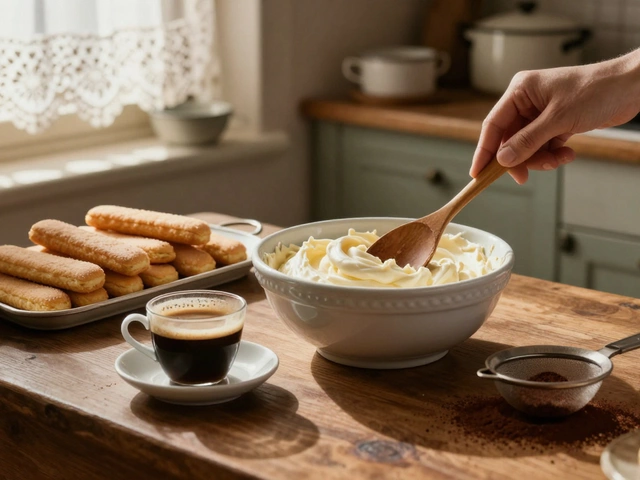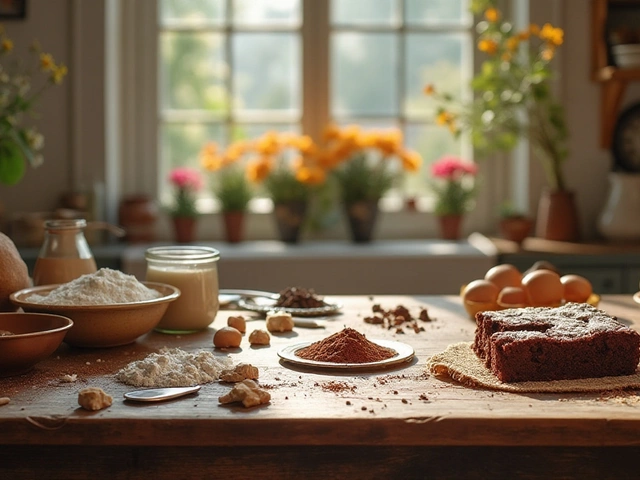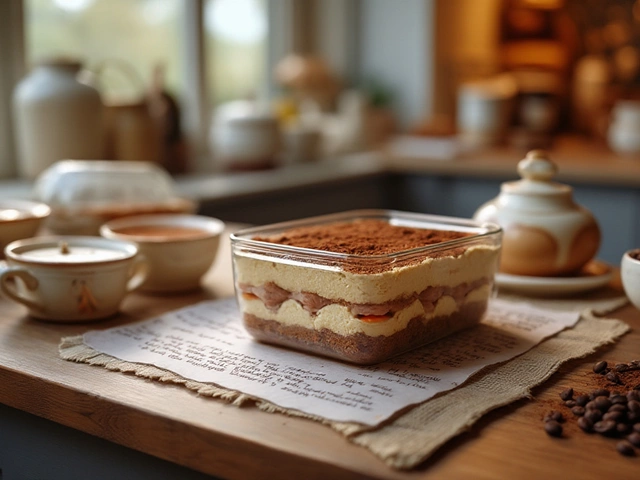Tiramisù History: From Humble Cafés to Worldwide Fame
If you’ve ever wondered where the creamy, coffee‑soaked layers of tiramisù come from, you’re not alone. This dessert didn’t appear out of thin air; it has a surprisingly recent past that ties together regional pride, post‑war creativity, and a love for espresso.
Where Did It All Begin?
Most food historians point to the Veneto region, especially the city of Treviso, as the birthplace of tiramisù. In the late 1960s, a local café called Le Beccherie started serving a “sherbet” made with ladyfingers, mascarpone, cocoa, and a splash of coffee. The name literally means “pick me up,” a nod to the caffeine boost. Patrons loved it, and the recipe quickly spread to nearby towns.
Competing Claims and Myths
Other Italian regions also claim credit. Some say the dessert originated in Friuli‑Venezia Giulia, while others point to Tuscany, citing a similar layered cake from the 1800s. Even a story about a World War II soldier who mixed leftover rations with coffee circulates online. The truth is likely a mix of these tales—food evolves, and recipes travel faster than we think.
What’s consistent across all versions is the core trio: ladyfingers soaked in espresso, a rich mascarpone mixture, and a dusting of cocoa. Over the years, bakers added twists—rum, chocolate shavings, or fruit—but the classic formula remains the most loved.
Why did tiramisù explode beyond Italy? The answer is simple: it hits the perfect sweet‑savory balance and feels indulgent without being overly heavy. When the first Italian restaurants opened abroad in the 1970s, tiramisù was the go‑to dessert to showcase Italy’s love for coffee and dairy.
Today, you’ll find tiramisù on menus from New York to Tokyo, and each chef puts a personal stamp on it. Some serve it in jars, others deconstruct it into mousse and sponge. No matter the presentation, the essence stays the same—layers that soak, cream, and lift your spirits.
If you want to try an authentic version at home, start with fresh espresso, high‑quality mascarpone, and real cocoa powder. Let the ladyfingers soak just long enough to stay soft but not soggy, then chill the assembled dessert for at least four hours. The patience pays off with that iconic “pick‑me‑up” sensation.
So the next time you bite into tiramisù, remember you’re tasting a piece of post‑war Italian ingenuity that traveled the world, carried by coffee lovers and dessert fans alike. It’s more than a sweet treat; it’s a slice of culinary history that keeps on lifting moods, one spoonful at a time.






